Did you know that the way you consume cannabis can have a big affect on the way it makes you feel? Discover the difference between two popular ways to use cannabis: sublingual tinctures held under the tongue vs. edibles. Learn how they can impact you differently with their onset and duration times and ultimately how they make you feel.

Table of Contents
Article Features
- A simple explanation of sublingual tinctures vs. edibles
- An overview of why they can make you feel different
- Tips to help you decide which one is right for you
- Want to skip the hard work? Shop with me and have premium, high-quality cannabis products delivered directly to your door! Now shipping across the US.

Why You Will Love This Guide
There are so many different ways someone can use cannabis to manage symptoms that associate conditions like chronic pain, anxiety, and more.
Often, I get asked about the different ways to consume cannabis and what that really means by members of my Well With Cannabis Community.
My answer is always the same. I tell them “how you use cannabis will influence how soon you feel the effects and how strongly they may feel them”.
When you take cannabis in the body in different ways, the main differences are the absorption and bioavailability rates, onset times, and duration of effects of each method.
Bioavailability refers to “to the extent a substance or drug becomes completely available to its intended biological destination“1.
In this guide, we will review tinctures vs. edibles in detail, explain why each method can affect you differently, and help you pick the one that’s right for you.
Different Ways To Use Cannabis
There are many different ways to consume cannabis.
The main cannabis application methods include:
- Sublingual or under the tongue – liquid products like tinctures, cannabis oils, alcohol-based tinctures, or FECO held under the tongue for absorption
- Edibles – cannabis edibles, cannabis drinks, pills, and capsules, orally consumed via swallowing
- Topicals – topical cannabis products applied directly to the skin
- Inhalation – inhalation via vaping cannabis oil, smoking flower, or using a dry herb vaporizer
Many cannabis users quickly realize that marijuana edibles affect them much differently than smoking or other consumption methods.
This can be a good or a bad thing, depending on your desired experience.
Choosing the right consumption method is unique for each person because we all respond to cannabis differently based on our unique endocannabinoid systems.
Additionally, each strain of cannabis flower is likely to induce variable effects depending on the specific cannabinoid and terpene profile.
I recommend that you try all types of consumption methods to find which one is best for you.
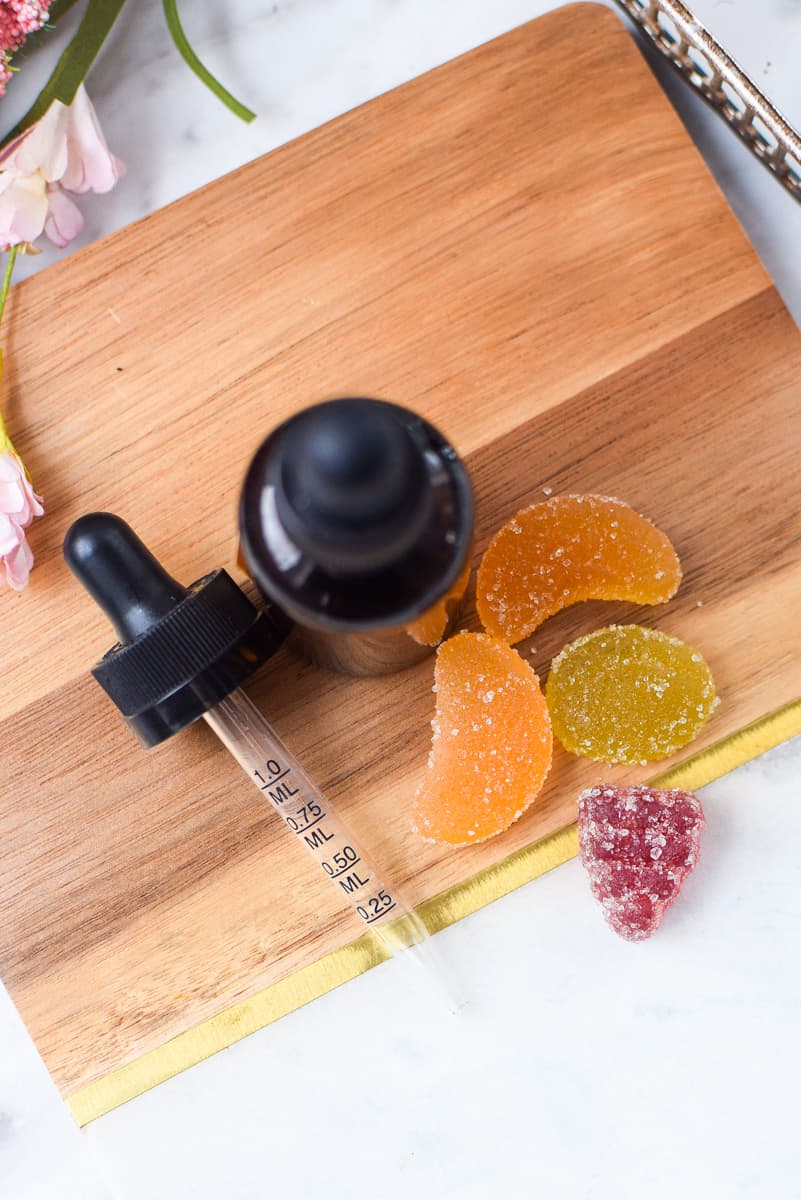
Tincture vs. Edible
Here, we will explore sublingual tinctures vs. edibles because the two methods often get confused but can have big differences.
There is a big difference between holding a tincture under your tongue vs. eating and swallowing it or any other edible product.
While the main difference is small, the different onset of effects can be quite noticeable.
Tincture
There are many benefits of cannabis tinctures.
Sublingual use, meaning under the tongue, involves holding cannabis extracts in liquid form, like THC oil or CBD tinctures, under the tongue.
The best thing you can do is hold the product under your tongue or inside your cheek for as long as possible for the best results and most efficient absorption.
There is a dense concentration of capillaries under the tongue and around the mouth, so products held in the mouth are delivered directly to the bloodstream, making sublingual administration quick and easy2.
The cannabinoids are then absorbed into the bloodstream and circulate throughout the whole body.
This is a popular method because it can bypass the body’s digestive system, produce a faster onset time than oral ingestion, and products can have a longer shelf life.
The typical onset time is between 15-30 minutes and the typical duration time lasts for an average of 2-4 hours.
Note: cannabis tinctures made with high-proof alcohol can create a burning sensation when placed under the tongue.
The good news? You can evaporate off most of the alcohol before placing drops of tincture under the tongue to avoid the burn.
Other tinctures are made with different kinds of carrier oils like MCT oil, coconut oil, vegetable glycerin, and more.
Your tincture dose will depend on the amount of THC in the tincture bottle.
For first-time users, it is a good idea to start with a very small amount of THC (you don’t need to worry as much about CBD products).
Starting with a low dose is a great way to ensure you have an enjoyable experience.
If you have made your own infusion at home, be sure to calculate the potency of your final product with the edible dosage calculator and properly store your finished product in a dark place.
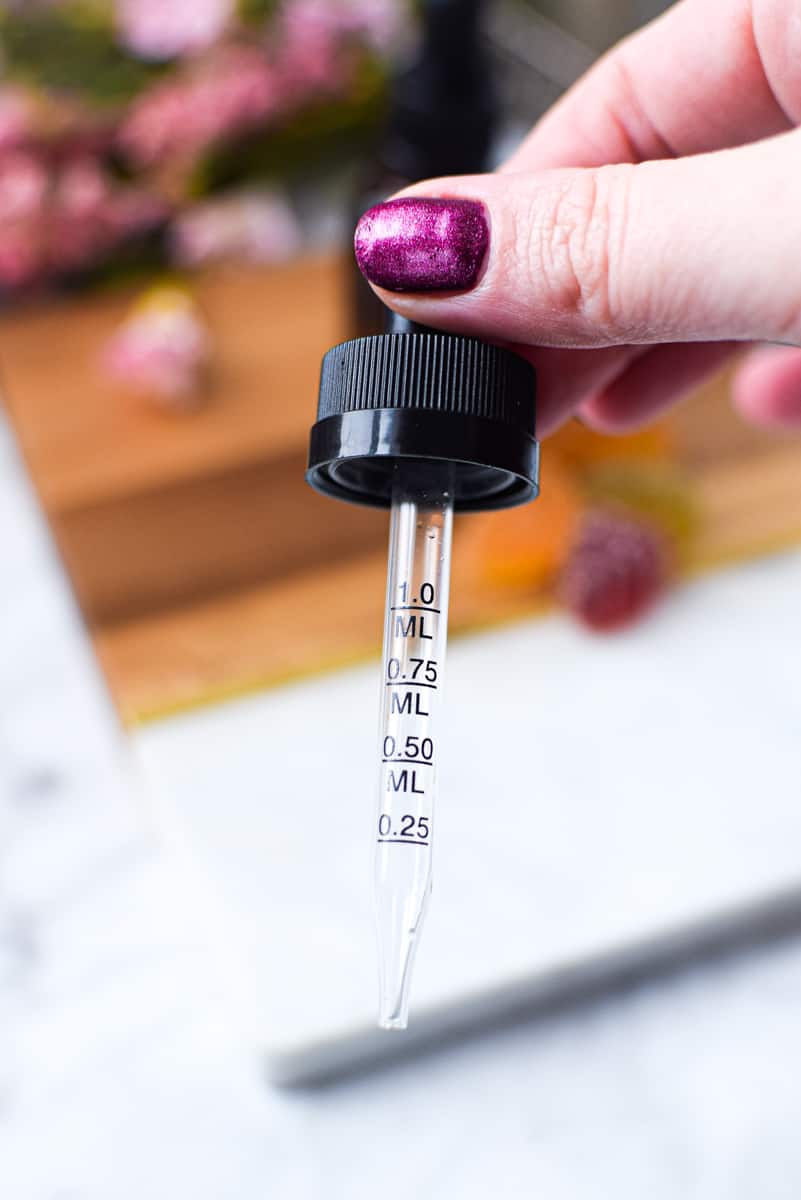
Tincture Pros & Cons
- Bioavailability rate: ~30%
- Onset time: 15-30 minutes
- Duration time: 2-4 hours
- Effects: systemic (circulates through the whole body)
- Pros: higher bioavailability rate, works with quick action, delivers a precise dose, has a long shelf life
- Cons: taste and or burn can be a problem for some people
Edibles
Edibles involve any form of cannabis that is eaten and processed through the gastrointestinal tract.
This discreet way to consume cannabis can be enjoyed in many ways, including capsules, tinctures, oils, brownies, cookies, coffee, tea, and even spice mixes.
Many people find edibles to be the easiest way to enjoy the medicinal effects of cannabis and that edibles can produce stronger effects.
Unlike tinctures, edibles are a bit more complicated because the active compound THC passes through the digestive tract.
Once the THC is eaten, it travels to the liver, where it undergoes the hepatic first-pass metabolism.
SAVE THIS GUIDE 💌
During this process, enzymes turn THC into a potent compound known as 11-OH-THC that readily crosses the blood-brain barrier3.
It is the 11-OH-THC that can provide stronger, more potent, or intoxicating effects in some individuals.
This causes potentially unwanted (or wanted) side effects for unknowing consumers.
There have even been anecdotal reports of people experiencing hallucinogenic effects when too much THC has been consumed.
Because edibles affect the body differently than tinctures, it is important to be cautious when dosing, especially for the first time.
It is always recommended to start with the lowest amount possible and work your way up until you determine how the edible affects you.
Because dosing of edible products varies considerably among individuals, start low, and go slow!
Delayed Onset
Edibles tend to manifest stronger and last longer, with a peak onset of noticeable effects setting between 1 to 3 hours post-consumption.
The effects can last anywhere from 6 to 8 hours or more and can vary from person to person.
This is quite different than how quickly and long a tincture will last and is important to consider when choosing a consumption method.
Other Factors
Individual physiological factors, such as absorption rates, rates of metabolism and excretion, and body weight, can affect the bioavailability of cannabinoids that also vary from person to person.
No Effects of Edibles
It is important to note that a portion of the population report feeling no effect from edibles at all.
This may be because they lack the enzyme (or enough of the enzymes) needed to convert Δ9-THC → 11-OH-THC or due to digestive differences.

Edible Pros & Cons
- Bioavailability rate: ~6-10%
- Onset time: 30-90 minutes
- Duration time: 4-8 hours
- Effects: systemic (circulates through the whole body), passes through the digestive system to produce 11-OH-THC
- Pros: long-lasting, convenient & delicious
- Cons: lower bioavailability rate means that you may need to take more milligrams to achieve the desired effect
| Tincture | Edible | |
|---|---|---|
| Bioavailability Rate: | ~30% | ~10% (but can be more potent) |
| Average Onset Time: | 15-30 minutes | 30-90 minutes |
| Average Duration Time: | 2-4 hours | 4-8 hours |
| Effects: | Circulates through the whole body | Circulates through the whole body, passes through the digestive system to produce 11-OH-THC |
| Potential Pros: | Higher bioavailability rate, quicker onset times | Long-lasting, discrete convenient and delicious |
| Potential Cons: | Taste and burn can be an issue for some | Lower bioavailability rate means you may need to consume more |
Conclusion
In conclusion, tincture vs. edibles can have some pretty big differences when it comes down to how they will make you feel.
Tinctures will act more quickly and have a higher bioavailability rate.
Edibles can be a bit more unpredictable, with longer onset and duration times and the potential for are more intoxicating experience.
Ultimately, I recommend giving both a try to see which method is right for you!
More Tincture Resources
Articles & How-To Guides
How to Evaporate Alcohol From Tinctures
Cannabis Infusions & Extractions
How to Make Full-Extract Cannabis Oil (FECO)
Cannabis Infusions & Extractions
Golden Dragon QWET Cannabis Freezer Tincture
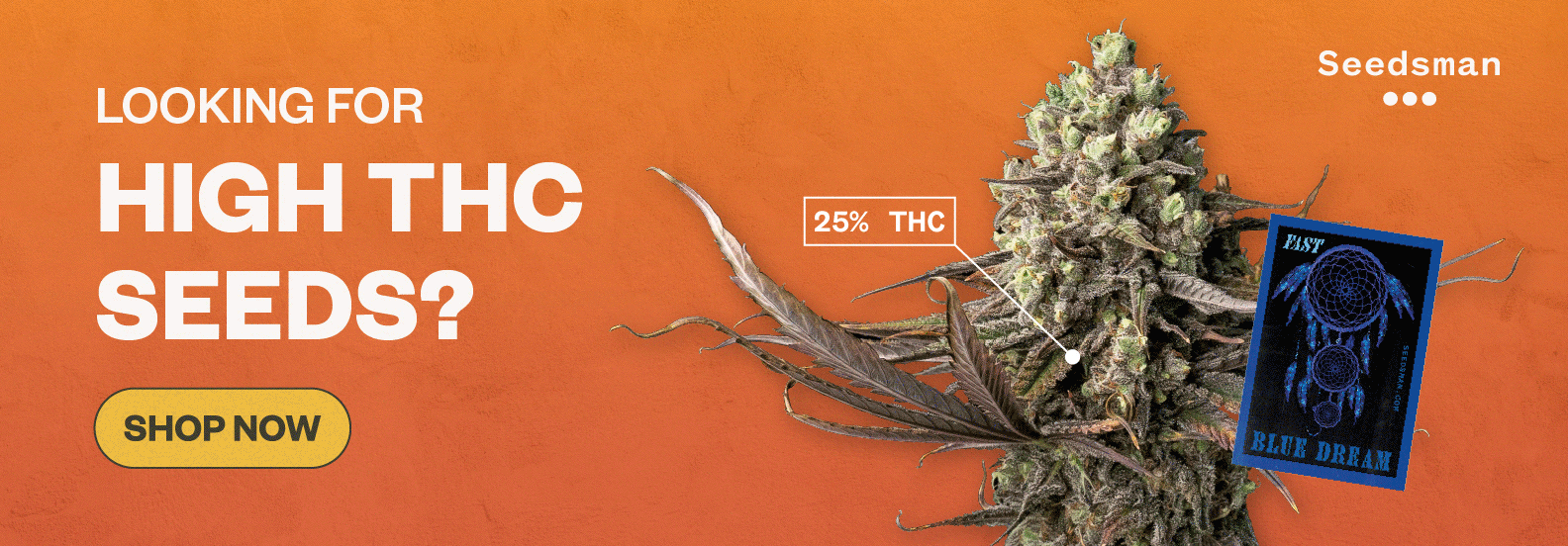

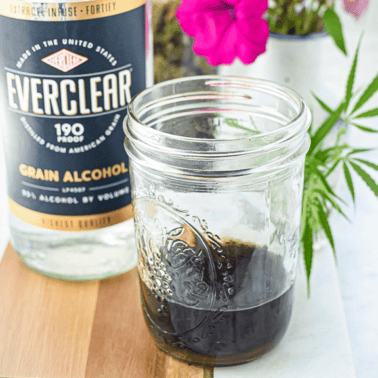

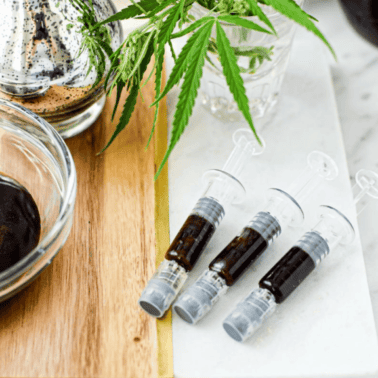
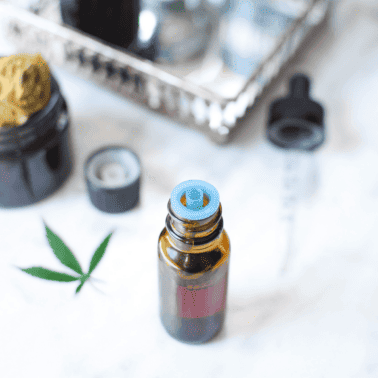









Can I make edibles using Tincture? If so, where can I find recipes? TY
Hello Ron, yes you can, you can find full instructions for making edibles with alcohol-based tinctures here.
I’m going to try making tinctures for the first time. Been reading a lot of info on your site, been very helpful! Somewhere I saw a mention that you could add vanilla or other food grade essential oils to a tincture to help with the strong alcohol flavor. When in the process would you add that and any other related advice?
Thanks, enjoying your site!
Thank you for your kind words, Steve! You can definitely add vanilla or food-grade essential oils to help with the strong alcohol flavor. I recommend adding them after the tincture is strained and ready to use. Start with just a few drops, mix well, and adjust to taste. Good luck with your tincture-making, and I’m so glad you’re enjoying the site!
High!😉 How will I know when enough alcohol has evaporated from my tincture?
Also, will that MOLTEN BURN (literally like scorched the skin under my tongue!) Lessen at all???
Thank you!!!
Alysia 🤗
Hi Alysia! 😊 You’ll know enough alcohol has evaporated from your tincture when your product thickens and loses that strong alcohol scent. As for the burn, yes, it should lessen once the alcohol has evaporated. You can also dilute it a bit with water or oil to make it gentler. Hope that helps! ✨
Thank you!!!! 🤗
I enjoy learning so much from your articles, still new to all of it.
Thank you so much for your kind words, Elke! We’re thrilled to hear you’re finding our articles helpful and informative. Being new to something is the first step towards mastering it. If you have any questions or need further insights, feel free to ask. Happy learning!
My questions is: I have a tincture that I like 1:1 ratio, and I use under the tongue .25 and that’s enough for me, under the tongue, carrier is an oil. If I was to make a batch of brownies, 9 servings total, would I then add .25 mg of the tincture 9 times? If I mad a batch of cookies 24 servings, would I drop .25 24 times? Thank you for your time.
Hi Lola. That process will work perfectly for dosing, but you want to make sure you have the total oil the recipe calls for. If your tincture doesn’t measure to that, you can use a non-infused oil for the difference. ☺️